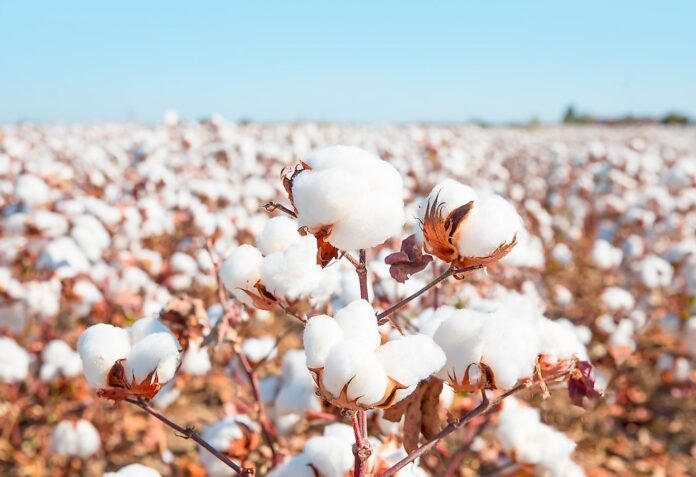In a significant downturn for Pakistan’s cotton industry, cotton arrivals have plummeted to a 40-year low as of September 15, 2024. According to the Pakistan Cotton Ginners Association (PCGA), arrivals have decreased by 64 percent, with total arrivals this year standing at 1.434 million bales compared to 3.933 million bales during the same period last year.
The past two weeks have been particularly challenging, with only 0.208 million bales arriving, marking a 77 percent drop from last year’s 0.892 million bales.
The province of Punjab has reported a drastic reduction, with only 0.538 million bales compared to 1.544 million last year. In contrast, Sindh has fared relatively better, reporting 0.895 million bales, which is 66 percent more than Punjab’s total.
The export market is also facing difficulties, with only 400 bales sold to traders so far, and unsold stock has decreased to 25,516 bales from 132,128 last year. Alarmingly, six districts have reported no cotton arrivals at all.
Rahim Yar Khan has experienced a staggering 96 percent decline in arrivals, attributed to underreporting by ginners and crop damage from adverse weather conditions. Farmers have pointed to climate change, poor-quality seeds, high input costs, and pest infestations as key factors contributing to the decline. As a result, many farmers are shifting to alternative crops such as sugarcane and maize.
The situation has prompted calls for government intervention to address these pressing issues, as the future of cotton farming hangs in the balance for many growers. Without significant support and solutions, cotton may no longer remain a priority crop for Pakistan’s agricultural sector.
















